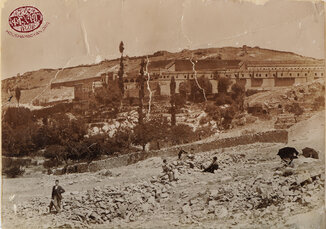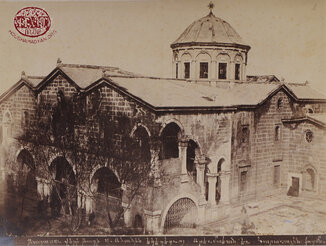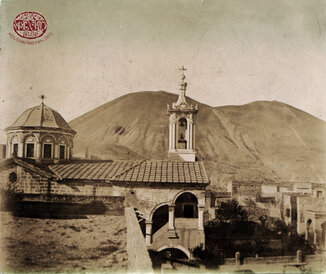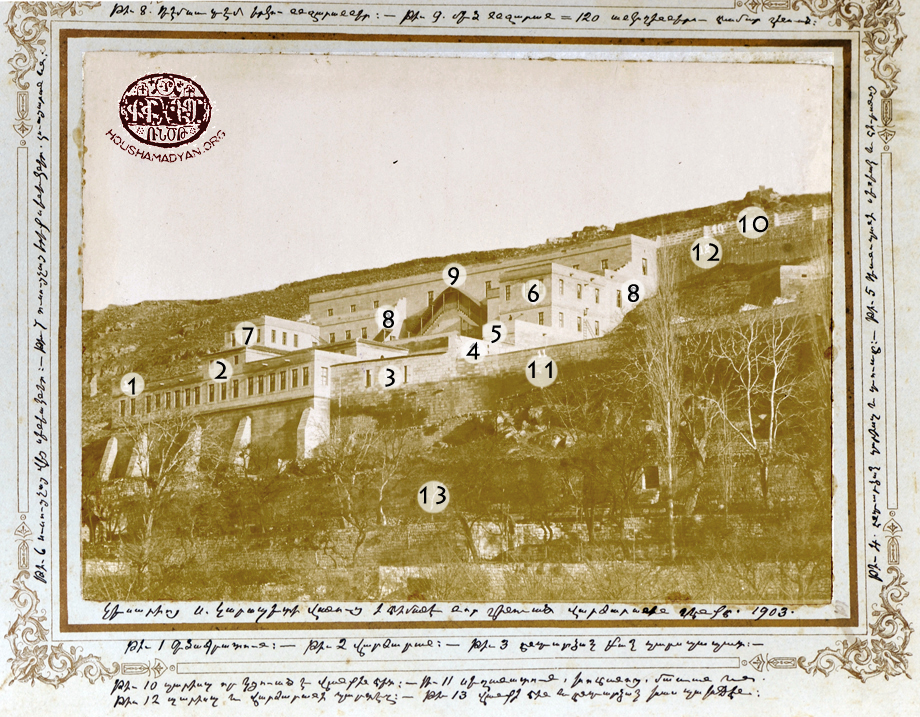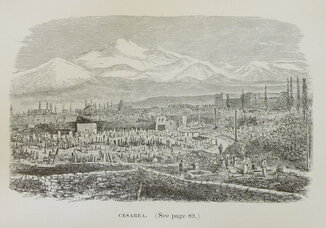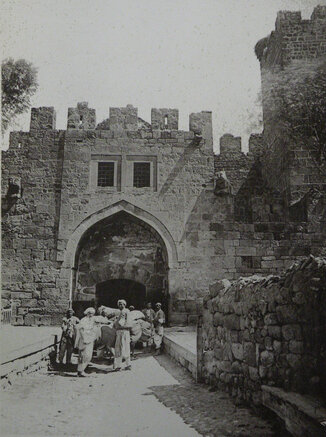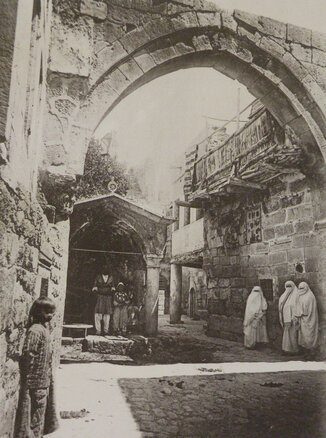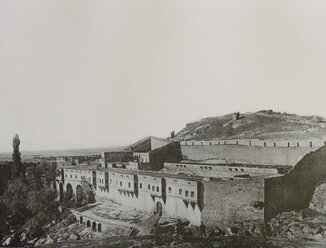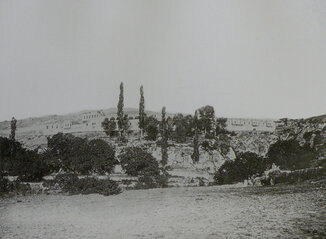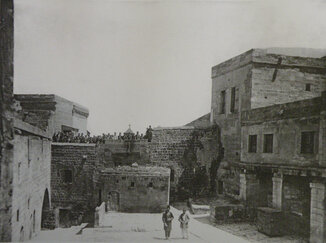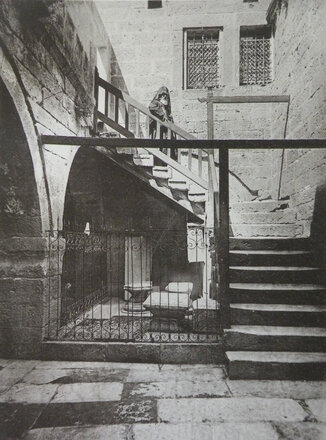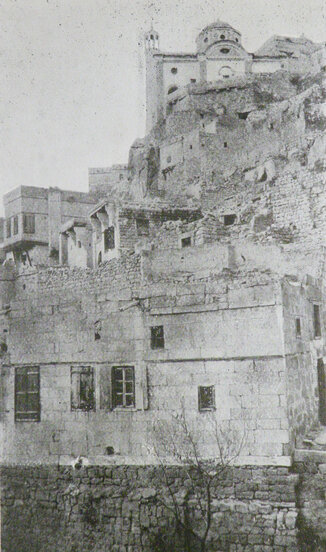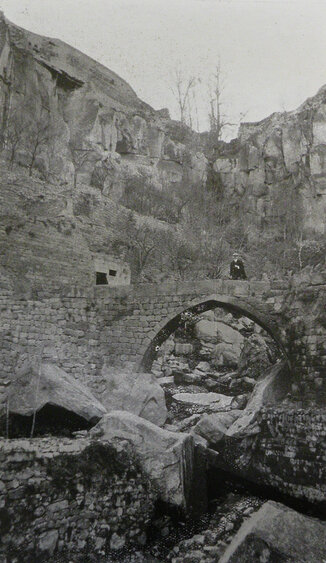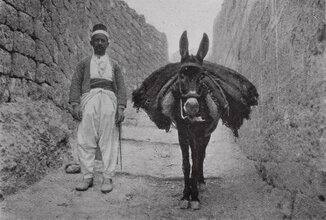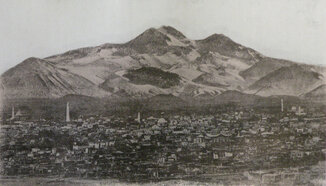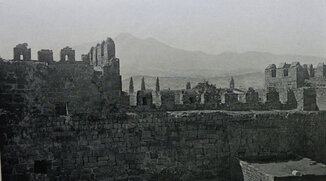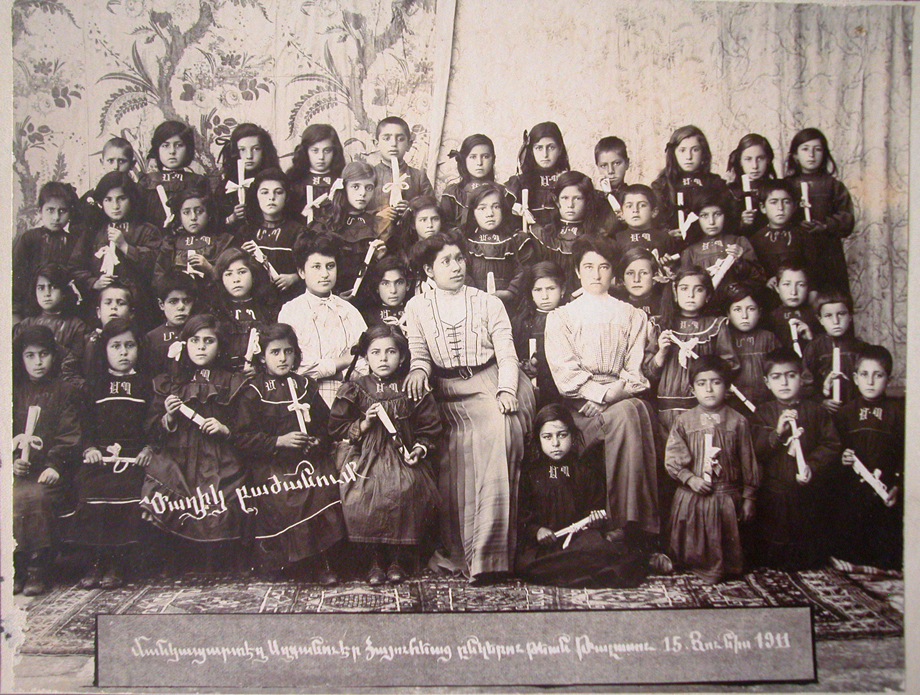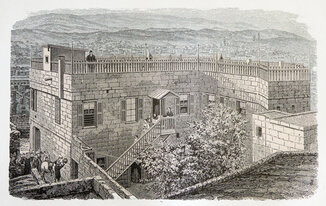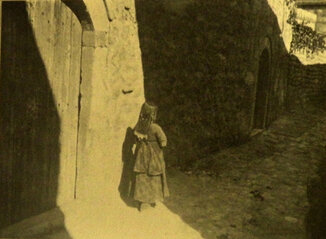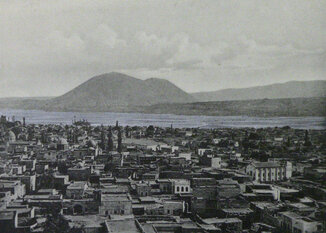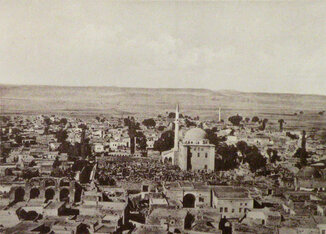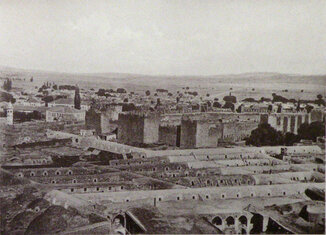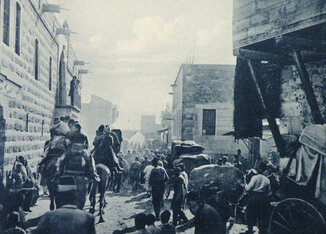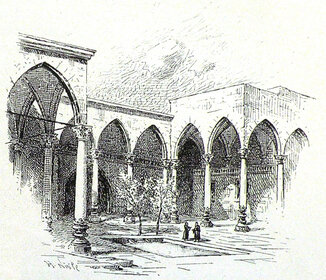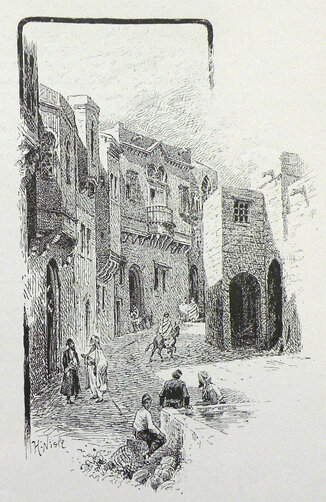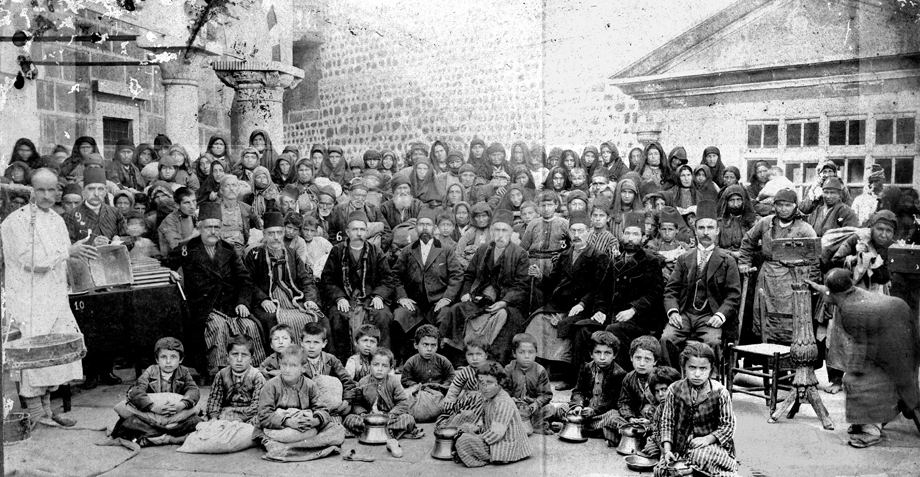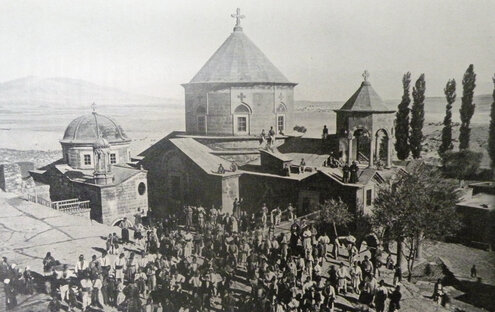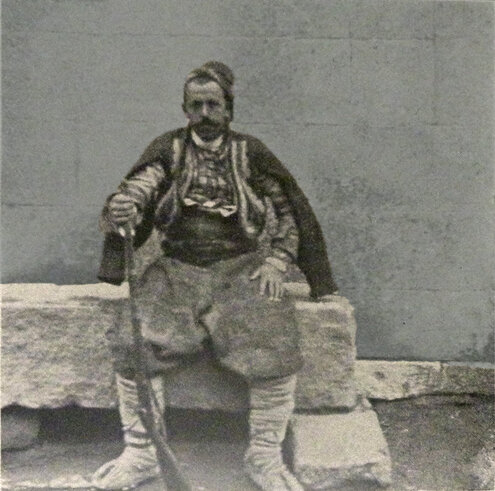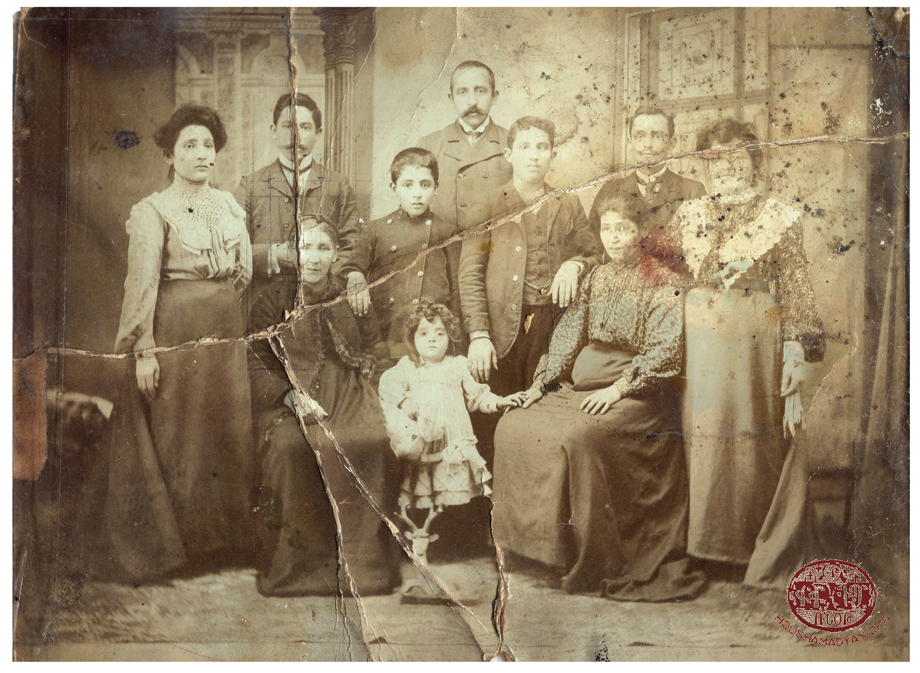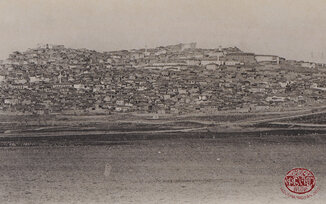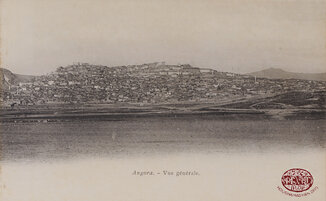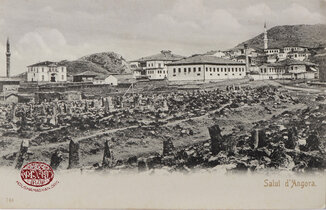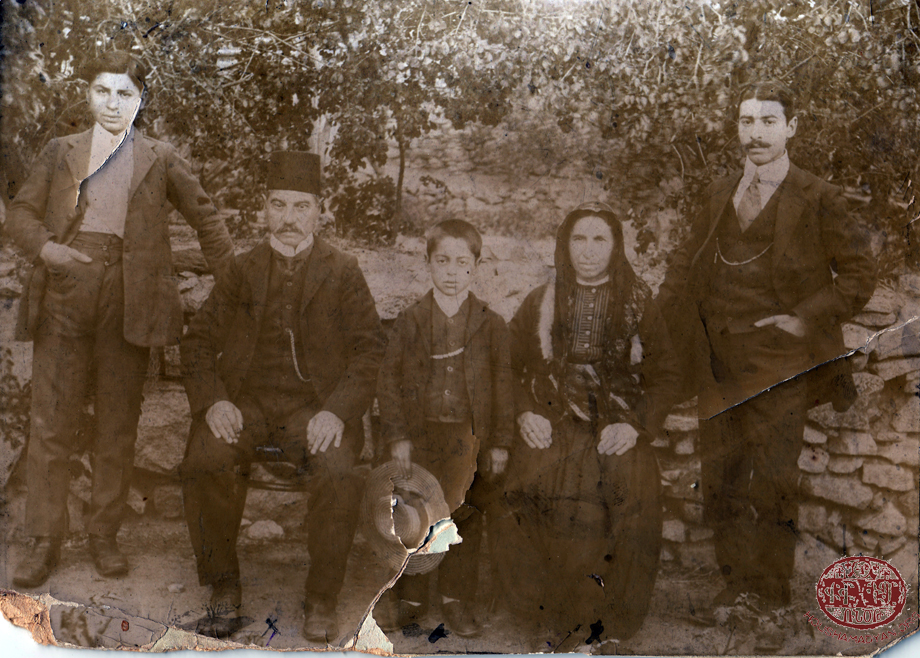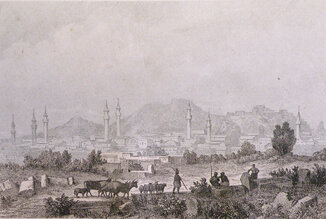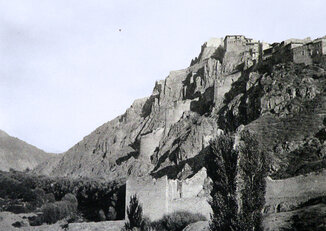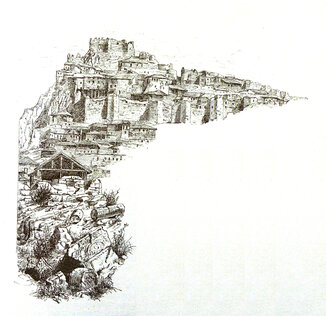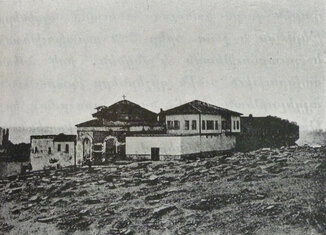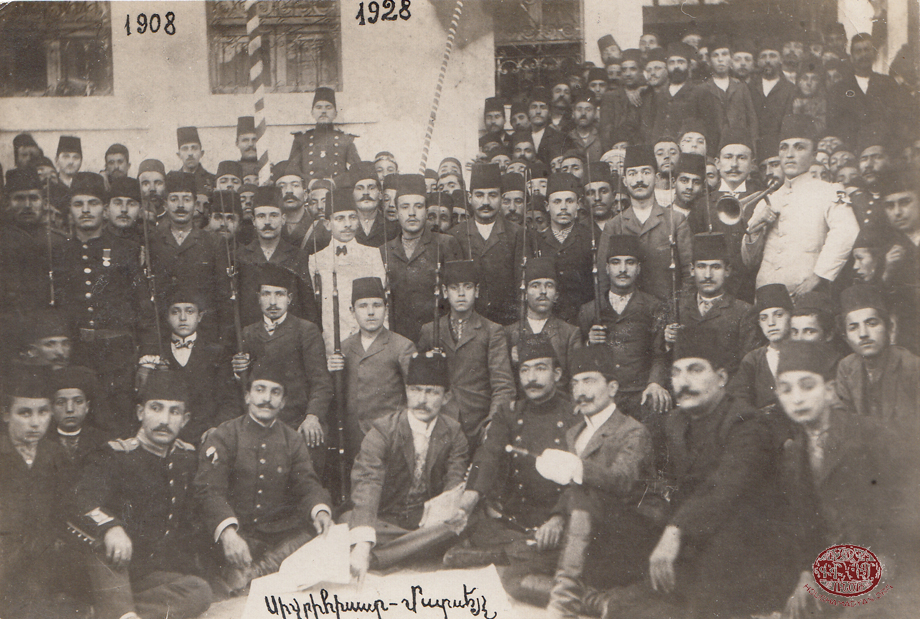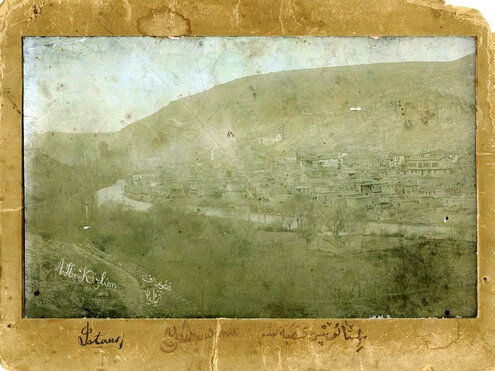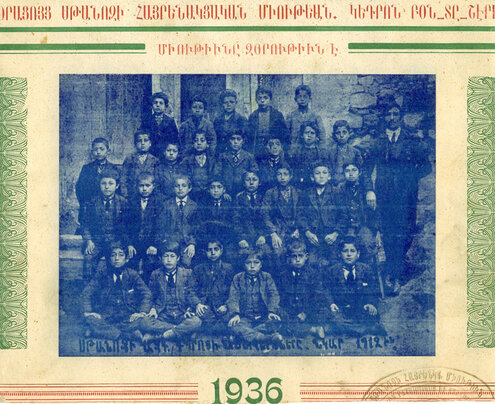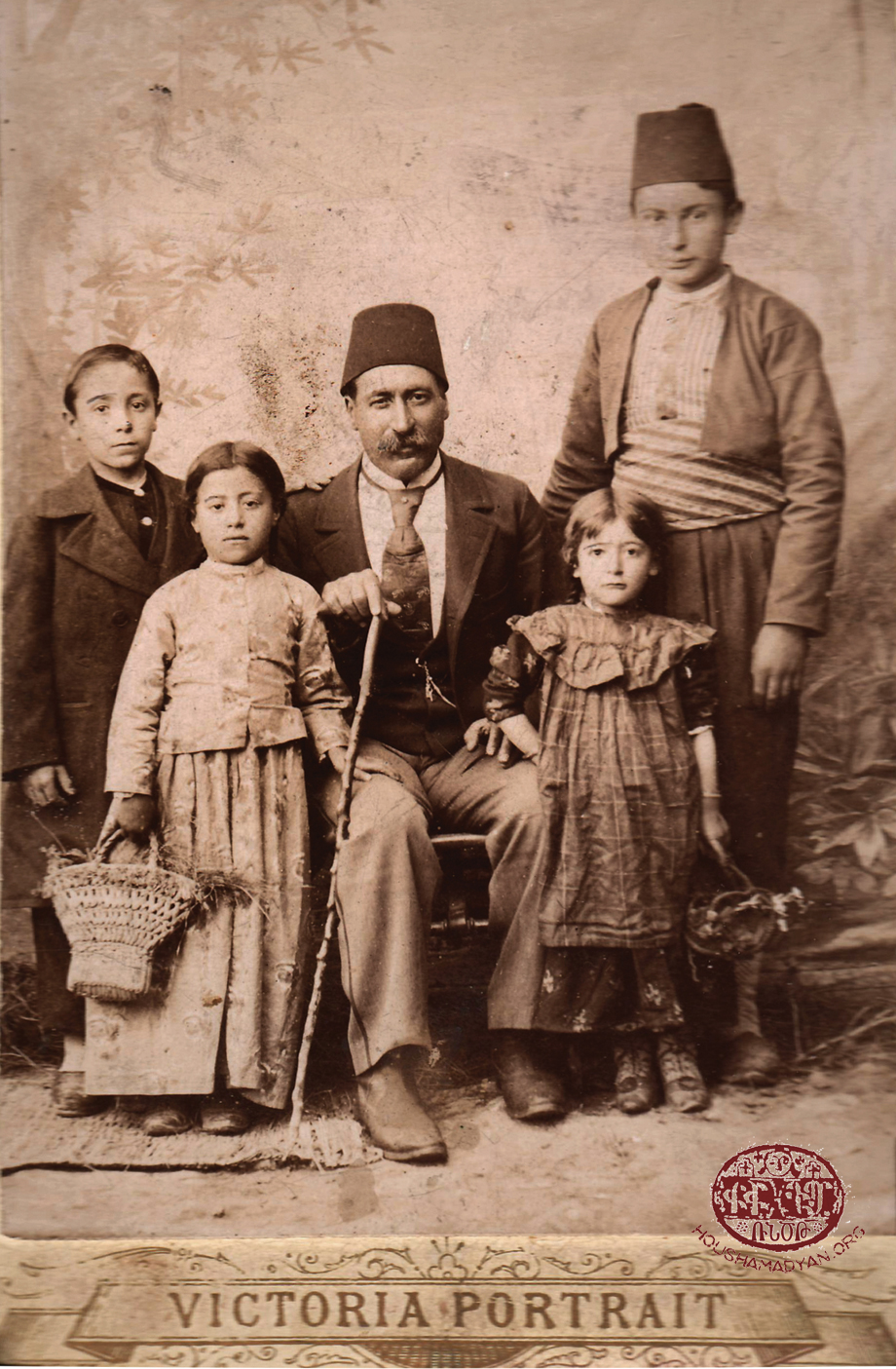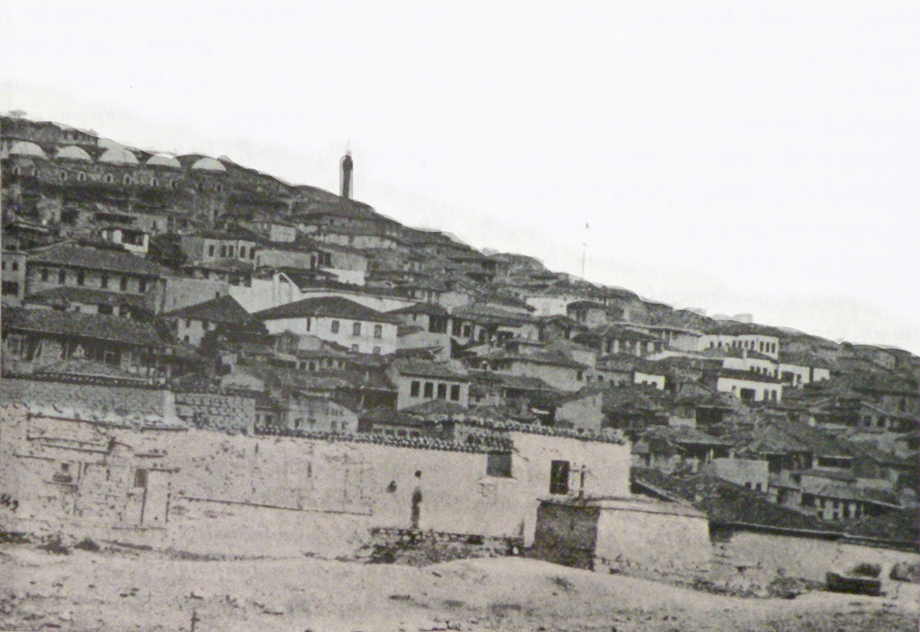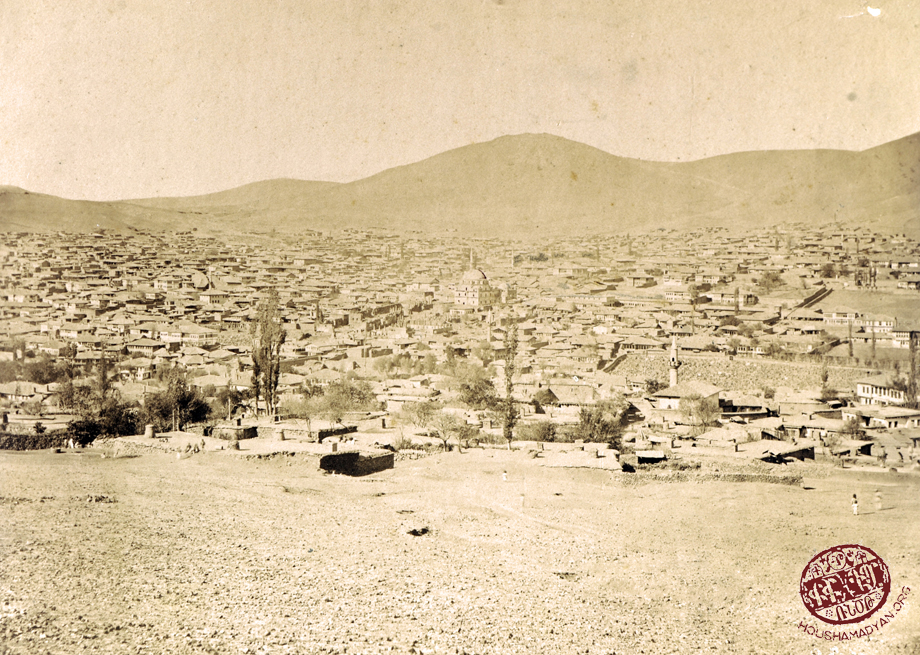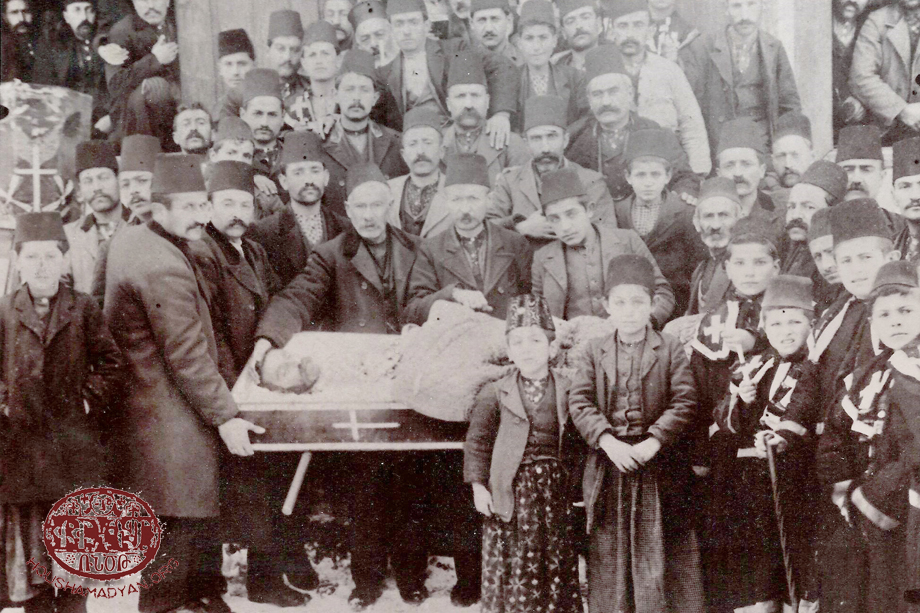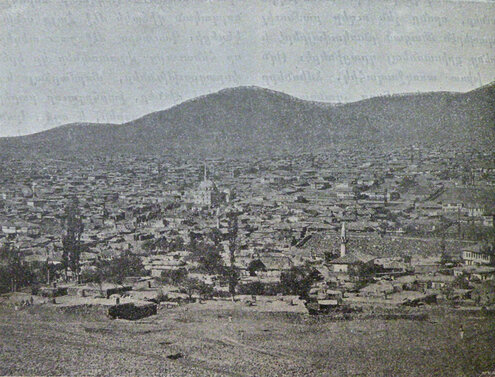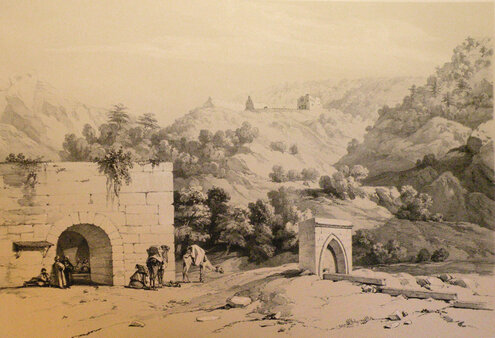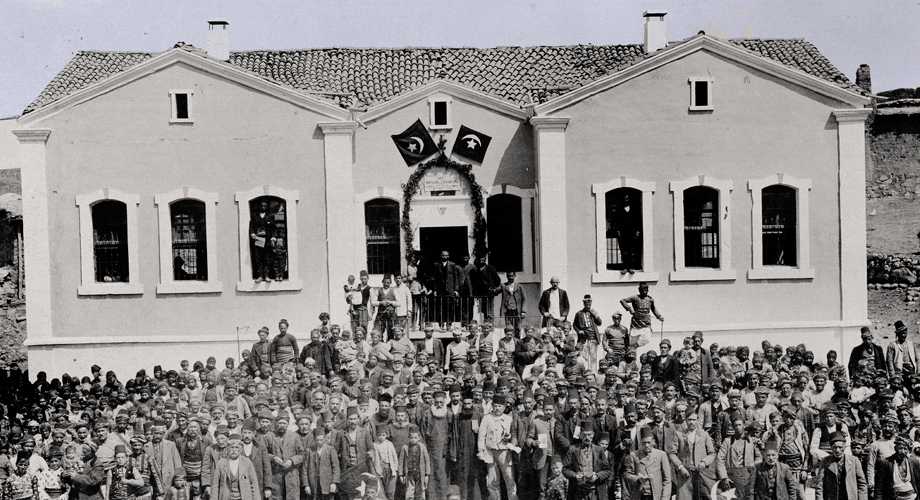Province of Ankara: Photo gallery
We present, in this section, pictures taken in the Ankara vilayet (province), the majority of which are photographs and engravings relating to the Ottoman era. We have presented the province with its relevant various sub-sections with the object of making them more easily accessible. In the future we will present, alongside them, various themed articles prepared by the editorial board about the Ankara province. Thus this method of presentation is of a temporary nature which will last until the articles have been prepared. It should be noted that we have worked on the old photographs in this section with the aim of improving their colour, tone and quality.
Kaza of Kayseri
(See below for picture captions and sources)
Captions and sources:
1) Kayseri/Gesaria: St Garabed monastery (Mekhitarist Order, San Lazzaro, Venice)
2) Talas. Holy Mother of God Church in the upper quarter (Source: Mekhitarist Order, San Lazzaro, Venice)
3) Talas. Holy Mother of God Church in the upper quarter (Source: Mekhitarist Order, San Lazzaro, Venice)
Kayseri/Gesaria, 1903. St. Garabed Monastery and neighboring newly-built school.
1. Drawing classroom
2. School
3. Large yard (fenced)
4. Extensive fence and door
5. Doorkeeper’s room and guest room
6. Six teachers’ rooms
7. Three teachers’ rooms and bathroom
8. Two bedrooms, facing each other
9. Big bedroom, 120 beds
10. Fence, attached to the monastery
11. Kitchen and pantry
12. Fence and school’s garden
13. Monastery’s large garden
(Source: Mekhitarist Order, San Lazzaro, Venice)
Captions and sources
1) Kayseri (Source: J.O. Barrows, On horseback in Cappadocia, Boston, 1884)
2) Kayseri: the castle entrance (Source: Alfred Boissier, En Cappadoce, notes de voyage, Genève, 1897)
3) Kayseri: a street inside the castle (Source: Alfred Boissier, En Cappadoce, notes de voyage, Genève, 1897)
4) Kayseri: St Garabed monastery (Source: Alfred Boissier, En Cappadoce, notes de voyage, Genève, 1897)
5) Kayseri: St Garabed monastery (Source: Alfred Boissier, En Cappadoce, notes de voyage, Genève, 1897)
6) Kayseri: within the confines of St Garabed monastery (Source: Alfred Boissier, En Cappadoce, notes de voyage, Genève, 1897)
7) Kayseri: inside St Garabed monastery (Source: Alfred Boissier, En Cappadoce, notes de voyage, Genève, 1897)
8) Kayseri: an Armenian couple (Source: Ferdinand Brockes, Quer durch Klein-Asien, Gütersloh, 1900)
9) Talas: a picture from the town (Source: W.J. Childs, Across Asia Minor on Foot, Edinburgh/London, 1917)
10) Talas: a picture from the town (Source: W.J. Childs, Across Asia Minor on Foot, Edinburgh/London, 1917)
11) Talas: inside the town (Source: W.J. Childs, Across Asia Minor on Foot, Edinburgh/London, 1917)
12) Kayseri: the town and Mount Argaeus / Erciyes Dağı (Source: W.J. Childs, Across Asia Minor on Foot, Edinburgh/London, 1917)
13) Kayseri: the town and, behind, Mount Argaeus / Erciyes Dağı (Source: Earl Percy, Highlands of Asiatic Turkey, London, 1901)
Captions and sources
15) Kayseri. Mission House (Source: J.O. Barrows, On horseback in Cappadocia, Boston, 1884)
16) Kayseri: inside the town (Source: Hugo Grothe, Meine Vorderasienexpedition 1906 und 1907, Band II, 1912, Leipzig)
17) Kayseri: a panorama from the town (Source: Hugo Grothe, Geographische Charakterbilder, Leipzig, 1909)
18) Kayseri seen from the north (Source: Hugo Grothe, Geographische Charakterbilder, Leipzig, 1909)
19) Kayseri: the castle and market (Source: Hugo Grothe, Geographische Charakterbilder, Leipzig, 1909)
20) Kayseri: a scene from a wedding (Source: Hugo Grothe, Geographische Charakterbilder, Leipzig, 1909)
21) Kayseri: the courtyard of the Catholic church (Source: Edmund Naumann, Vom Goldnen Horn zu den Quellen des Euphrat, 1893, Leipzig)
22) Kayseri: inside the town (Source: Edmund Naumann, Vom Goldnen Horn zu den Quellen des Euphrat, 1893, Leipzig)
Kaza of Develi (Everek-Fenese, Chomakhlu, Tomarza)
(See below for picture captions and sources)
Sandjak of Ankara (Ankara, Stanoz/Istanos, Sivrihisar)
(See below for picture captions and sources)
Captions and sources
1) An engraving of Ankara.
2) Ankara (Source: Lord Warkworth, Notes from a diary in Asiatic Turkey, London, 1898)
3) An engraving of Ankara (Source: Edmund Naumann, Vom Goldnen Horn zu den Quellen des Euphrat, 1893, Leipzig)
4) Ankara: the Holy Mother of God monastery (Source: H. M. Eprigian, Illustrated Indegenous Dictionary (in Armenian), Part 1, Venice, St Lazzaro, 1900)
Sandjak of Yozgat
(See below for picture captions and sources)
Captions and sources:
1) Yozgat. General view of the city (Source: Mekhitarist Order, San Lazzaro, Venice)
2) Yozgat, circa 1911. Armenian funeral. The young boy standing on the right behind the coffin, head slightly bent, is Vahan/John Ayvazian (b. 1896) (Source: Janice Carter (Ayvazian) collection, USA)

